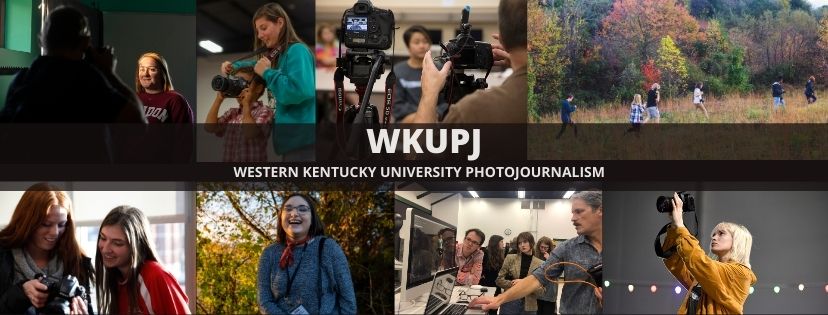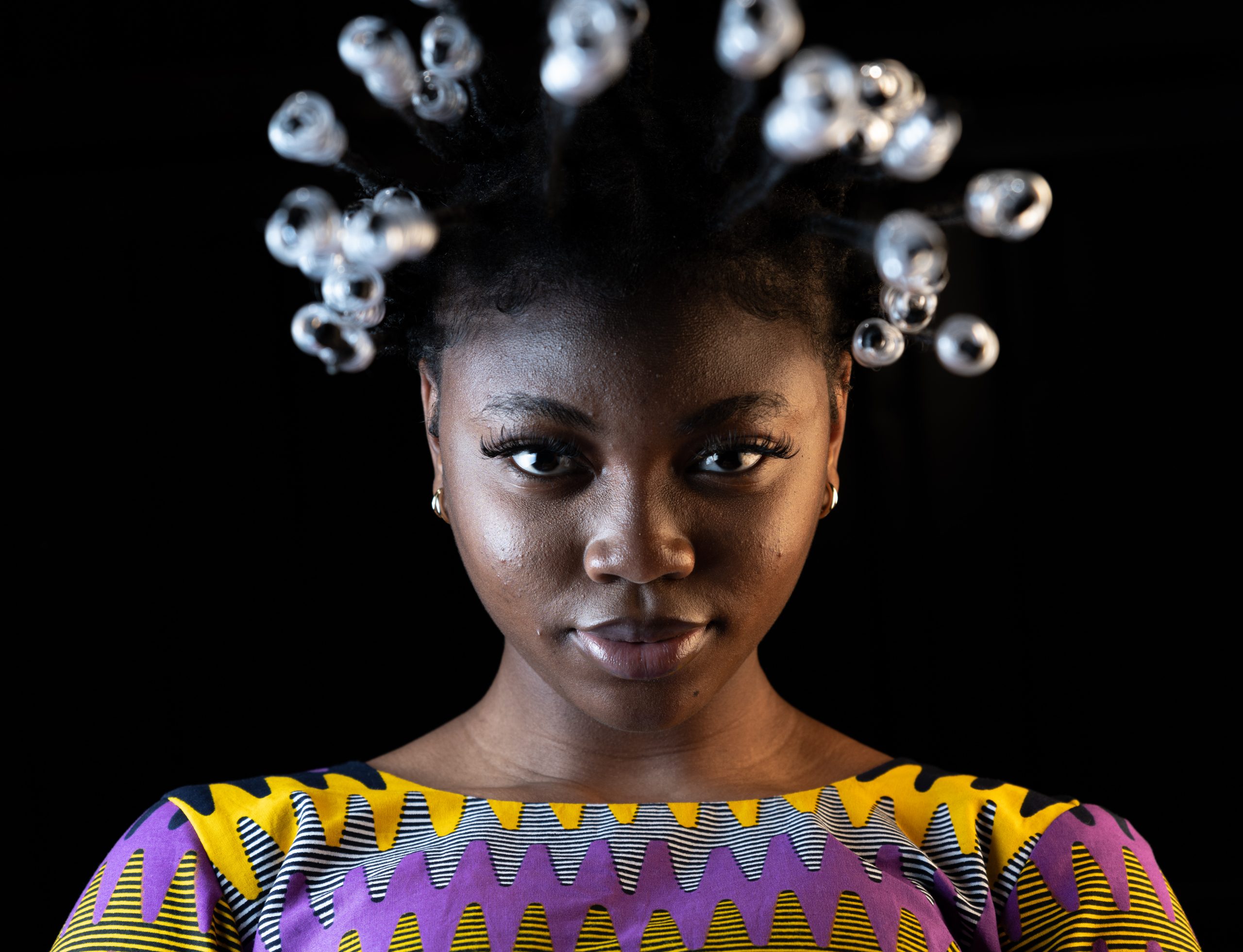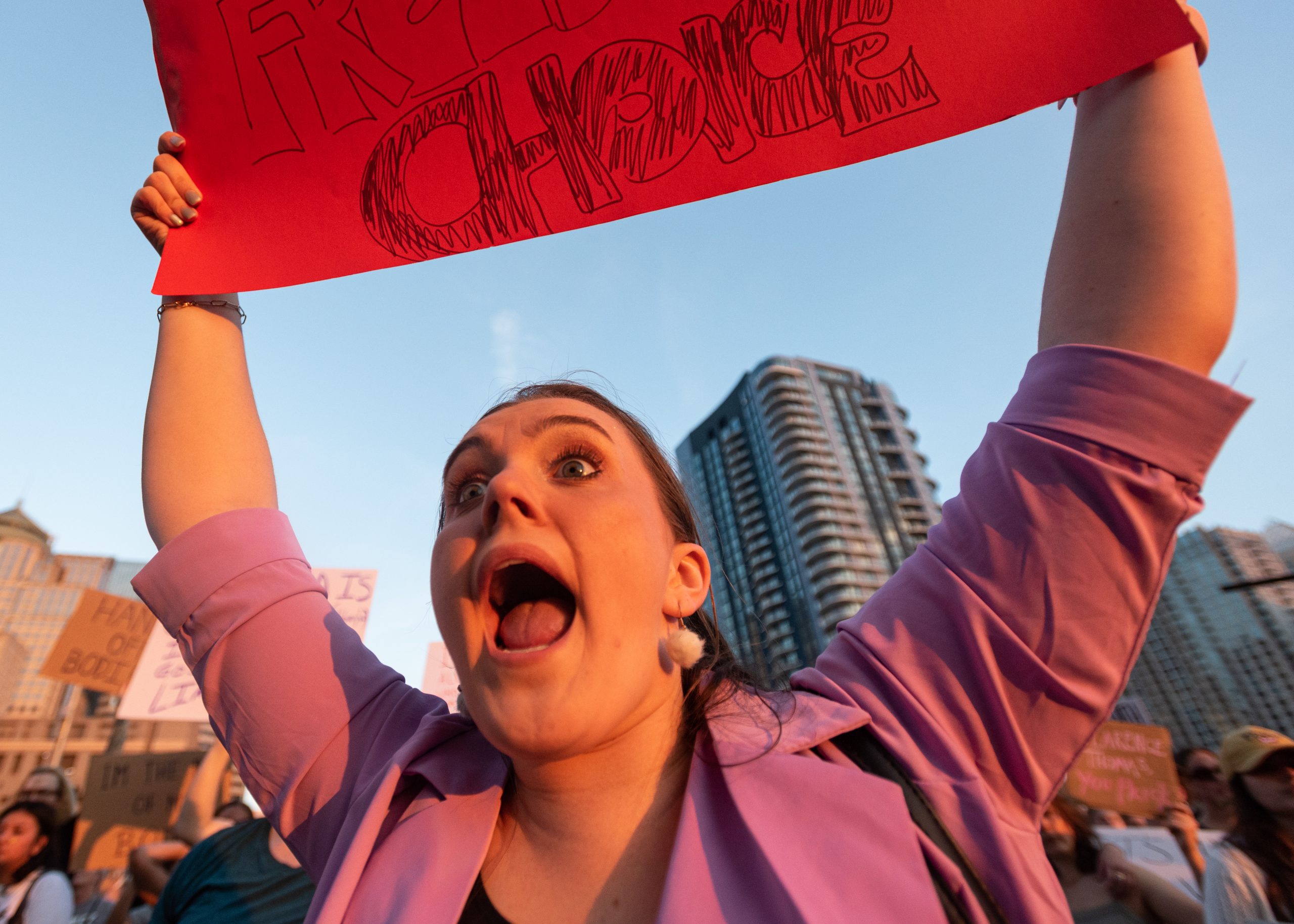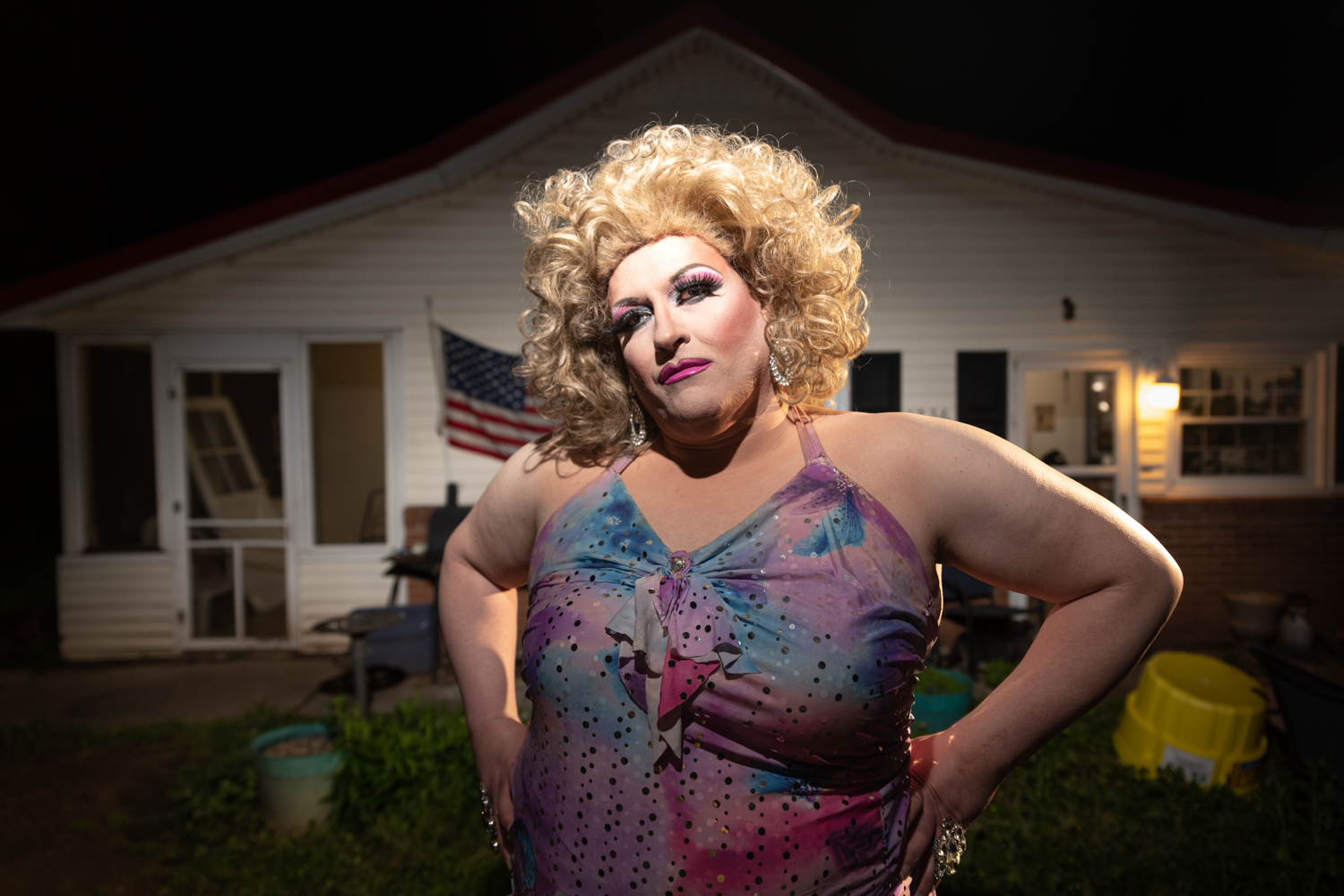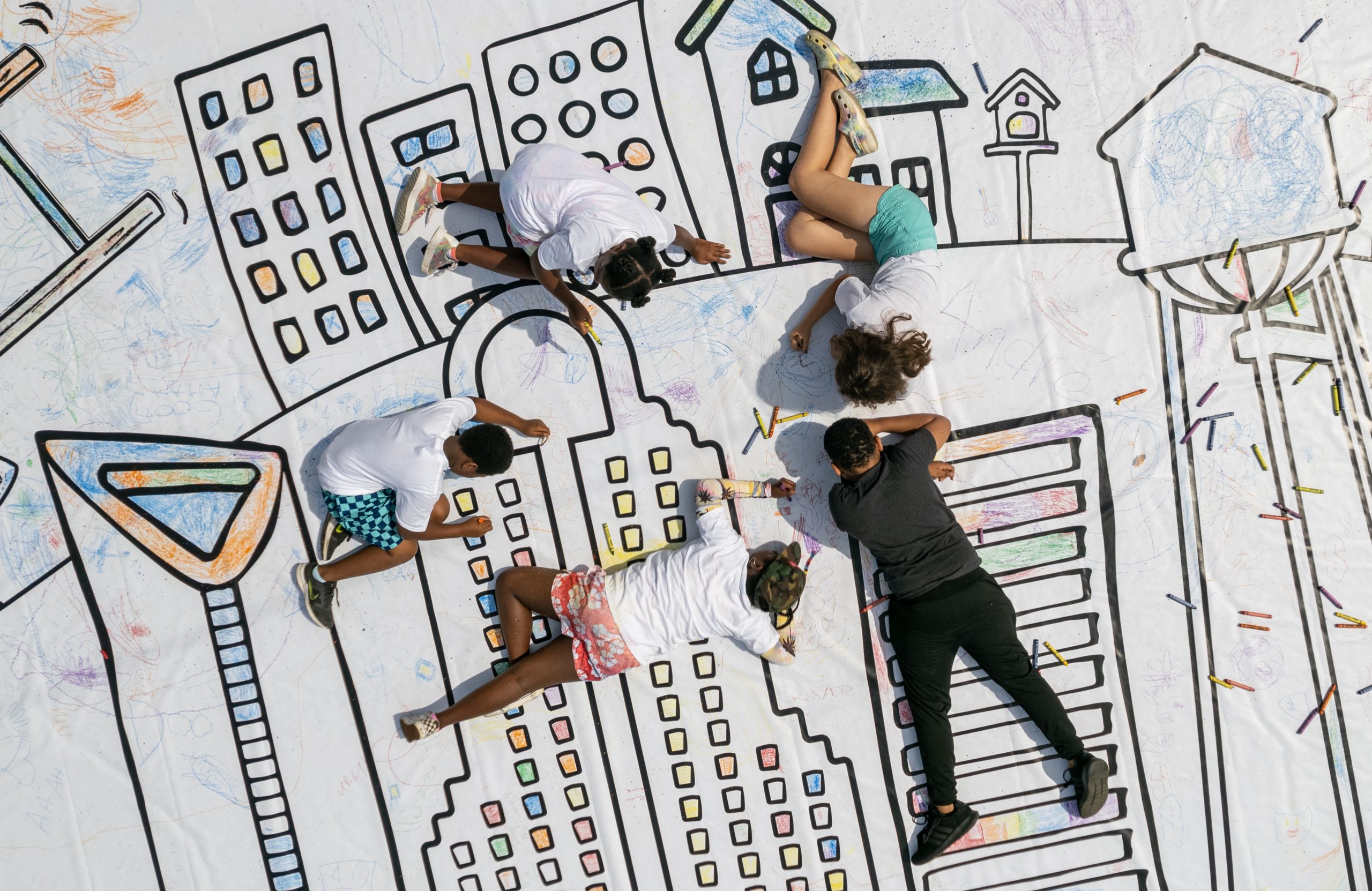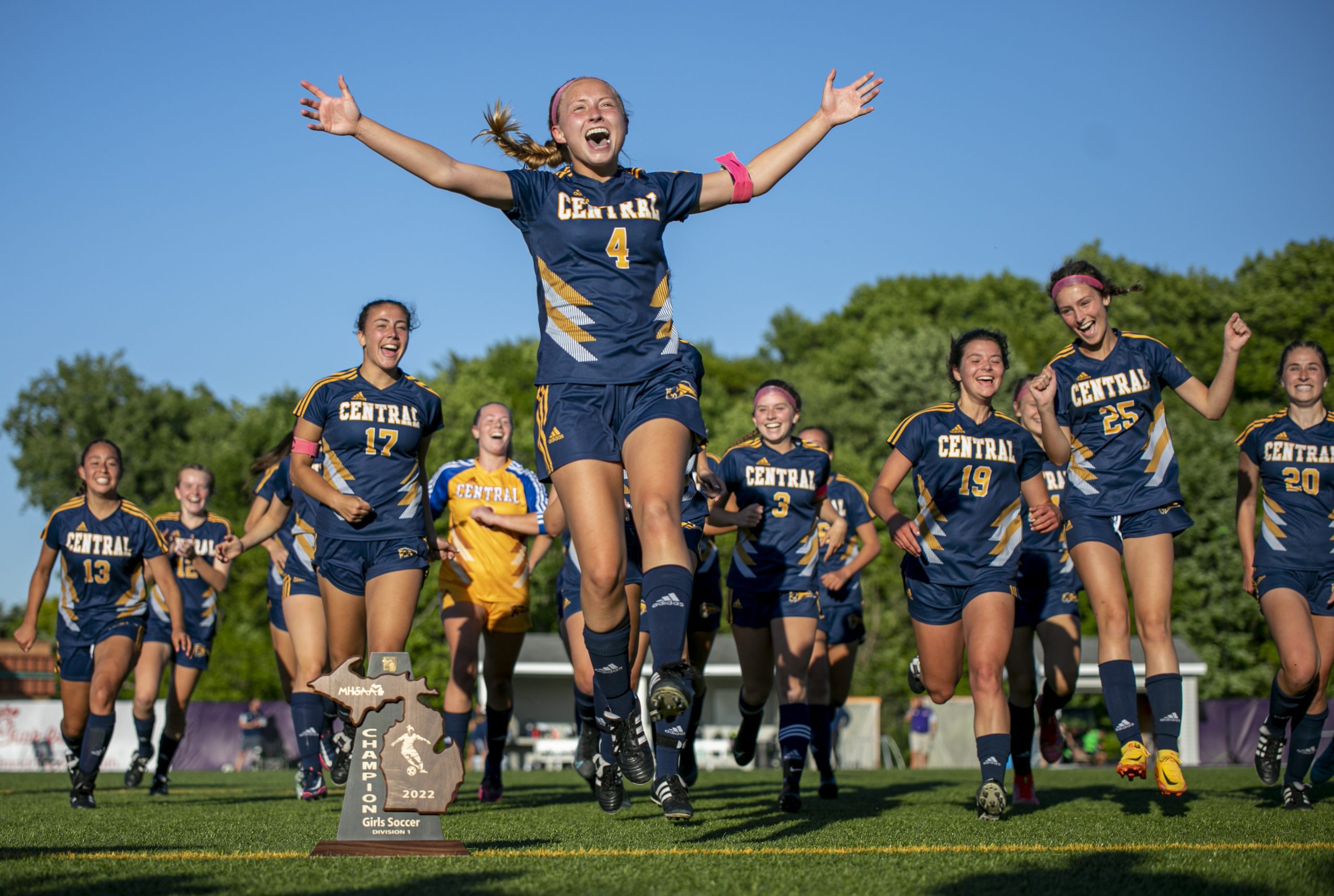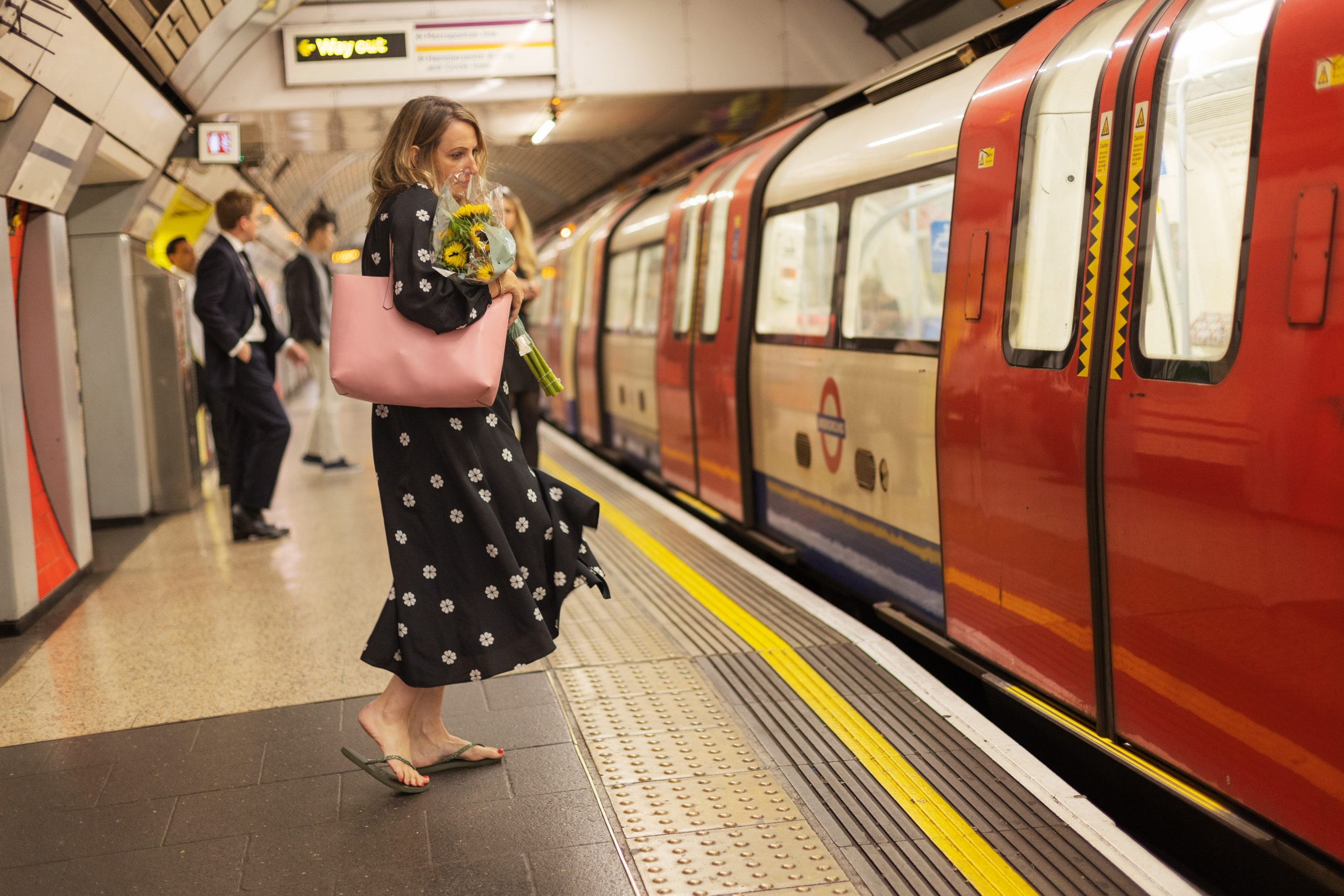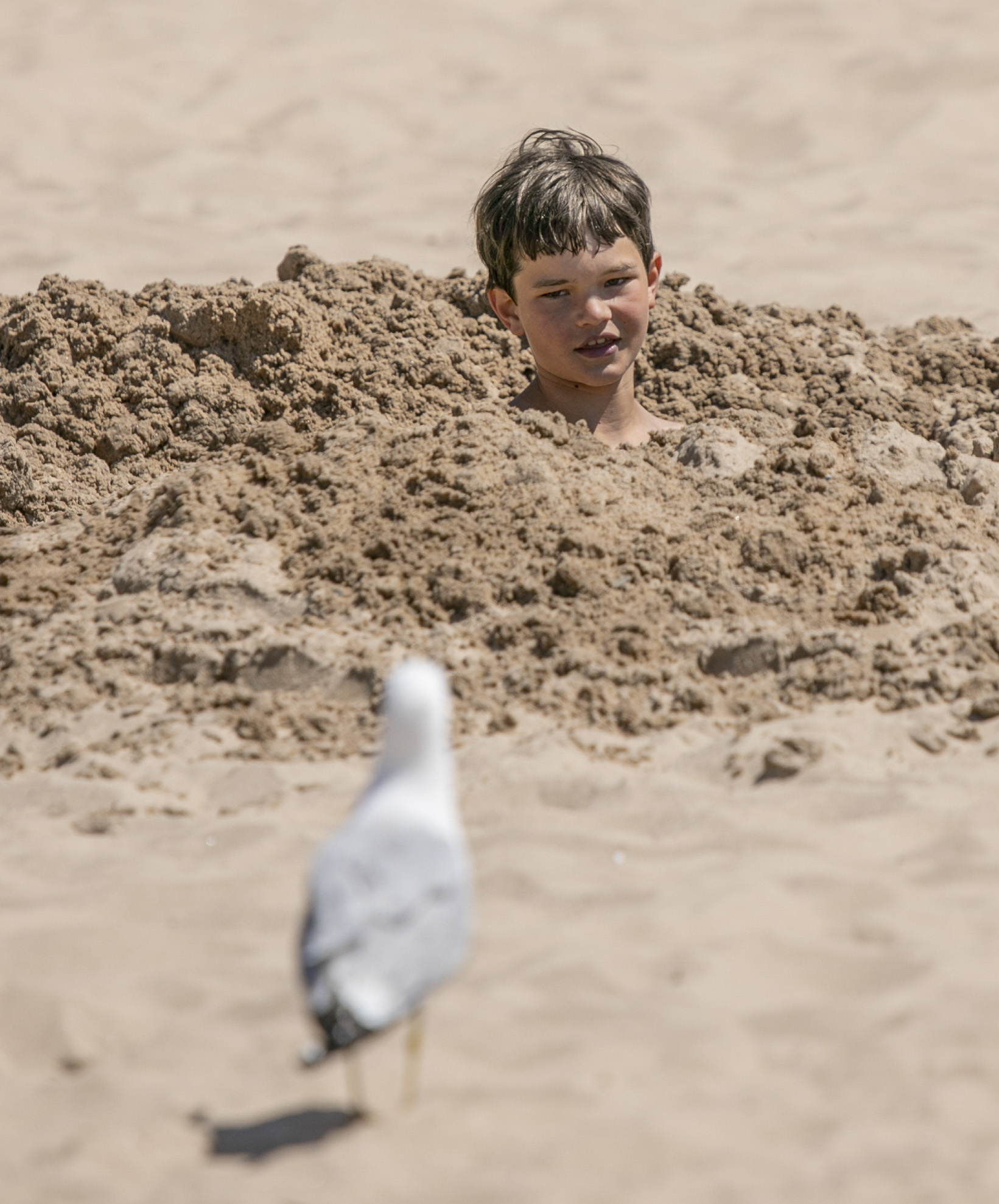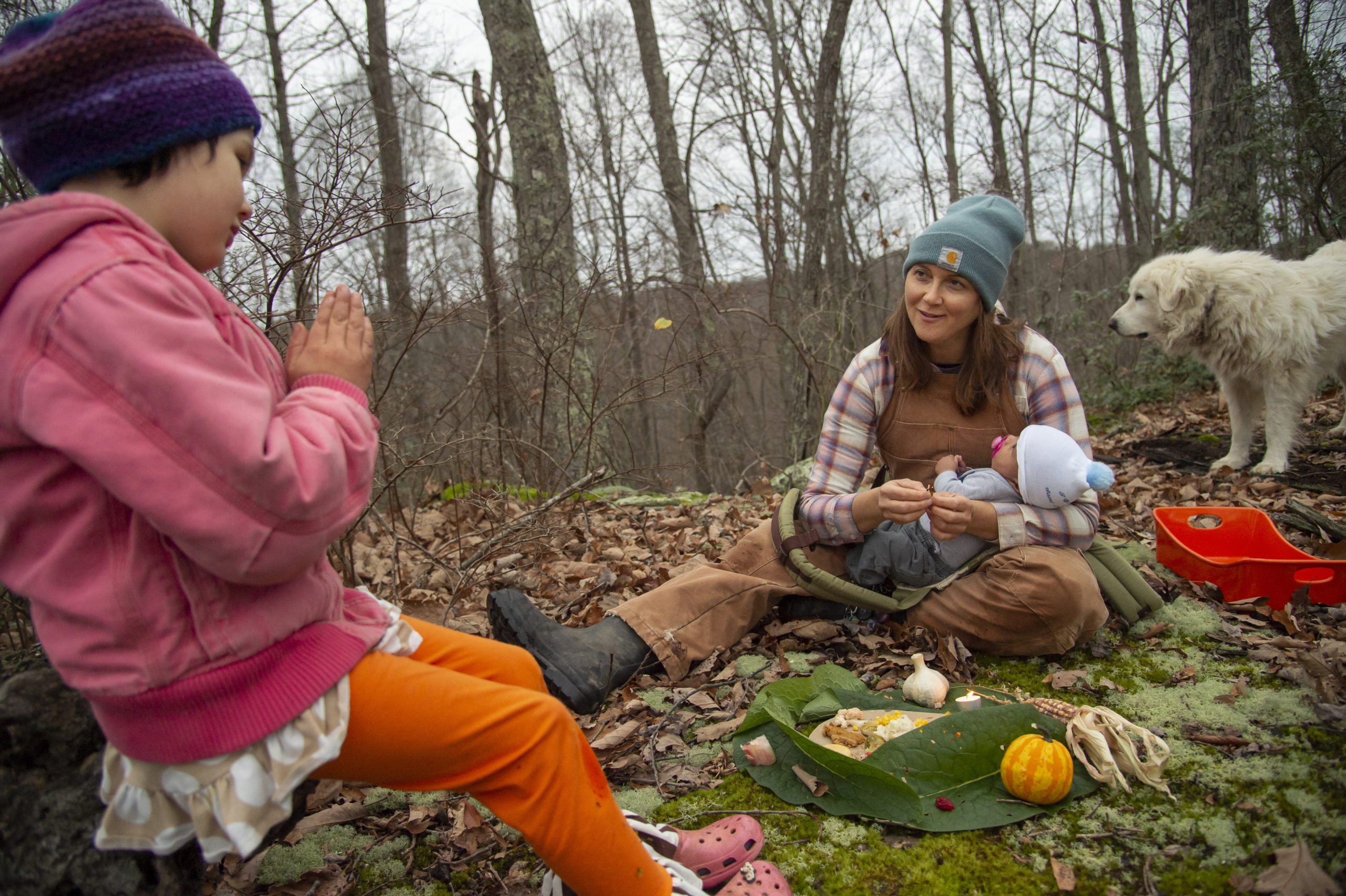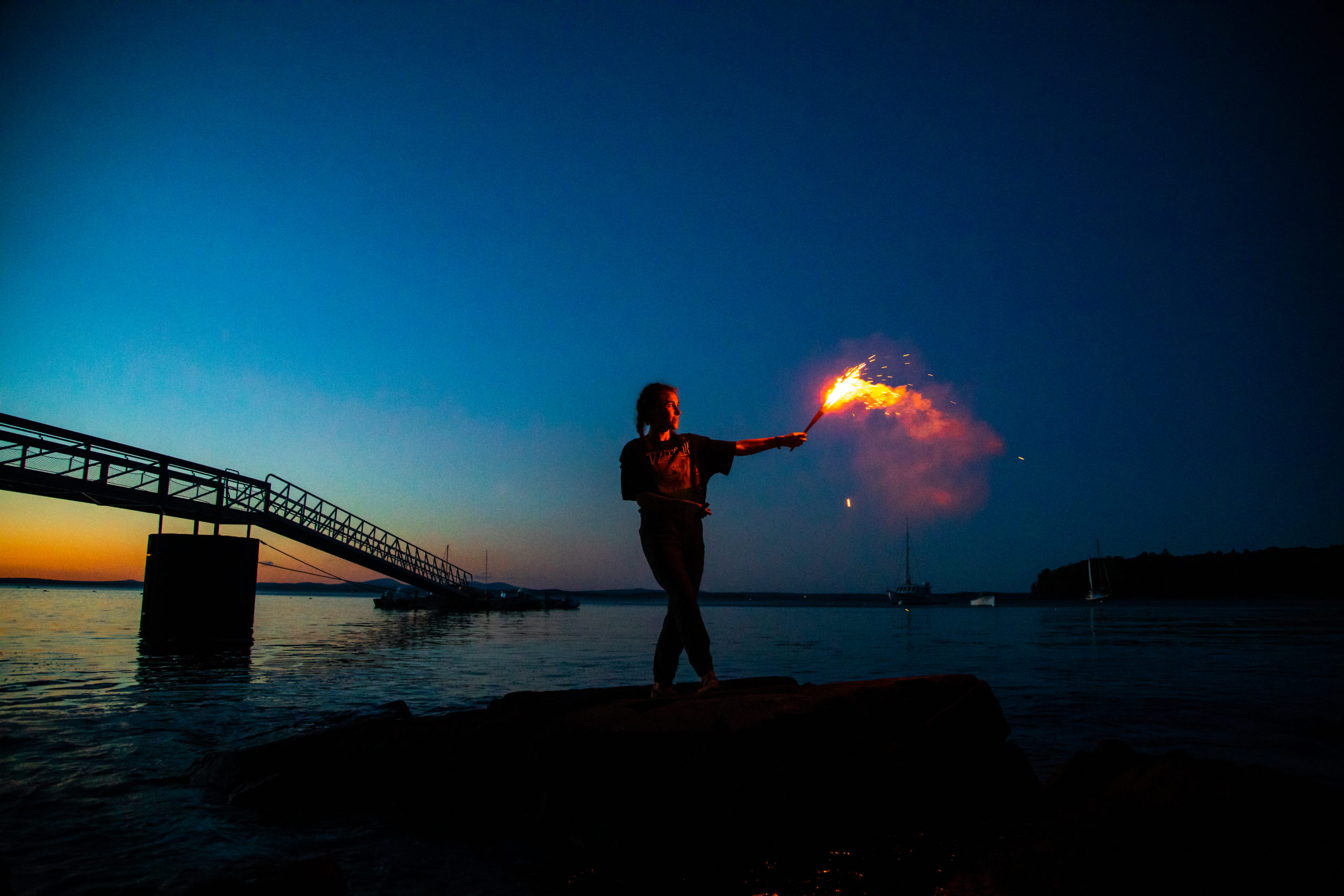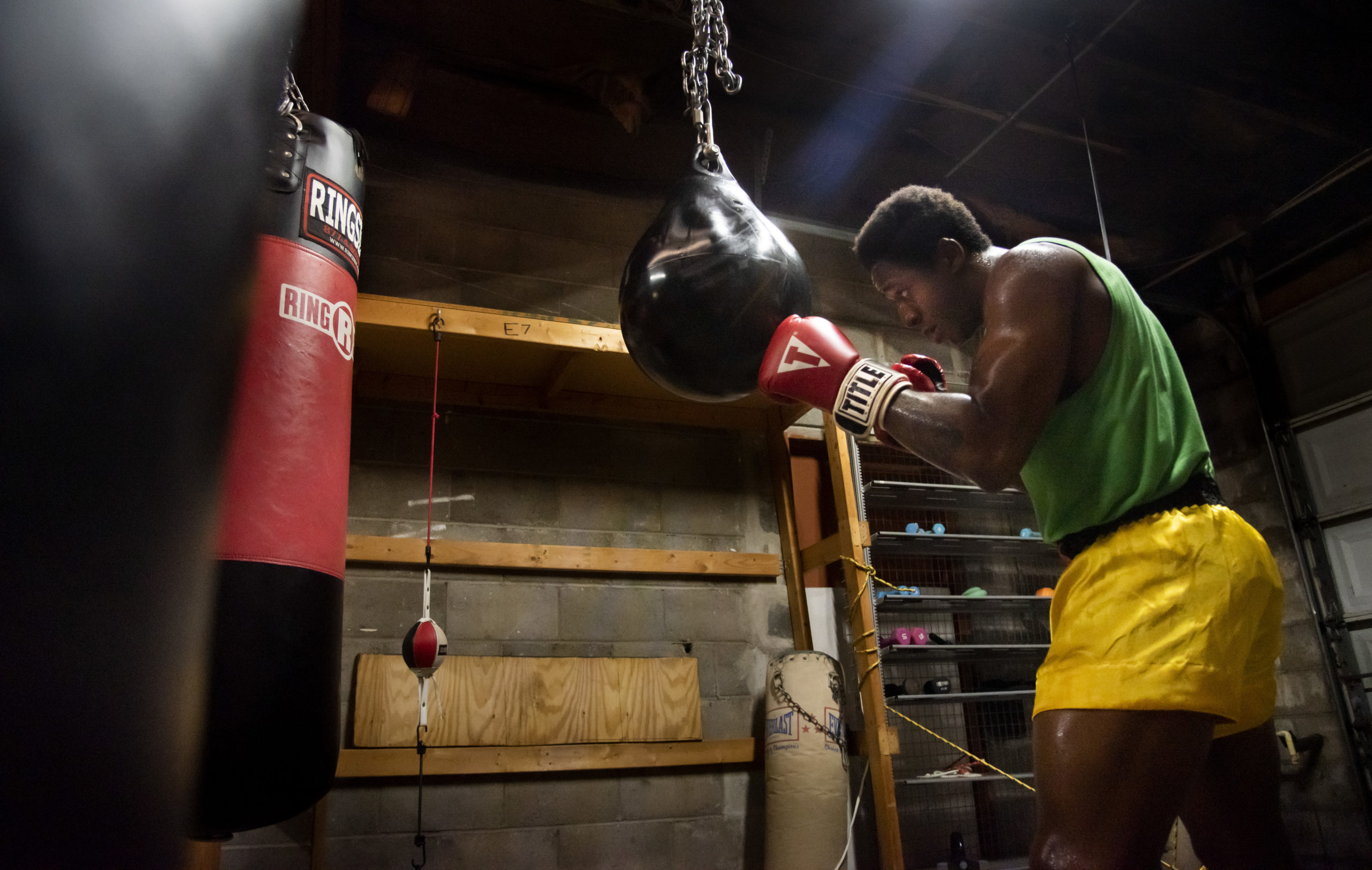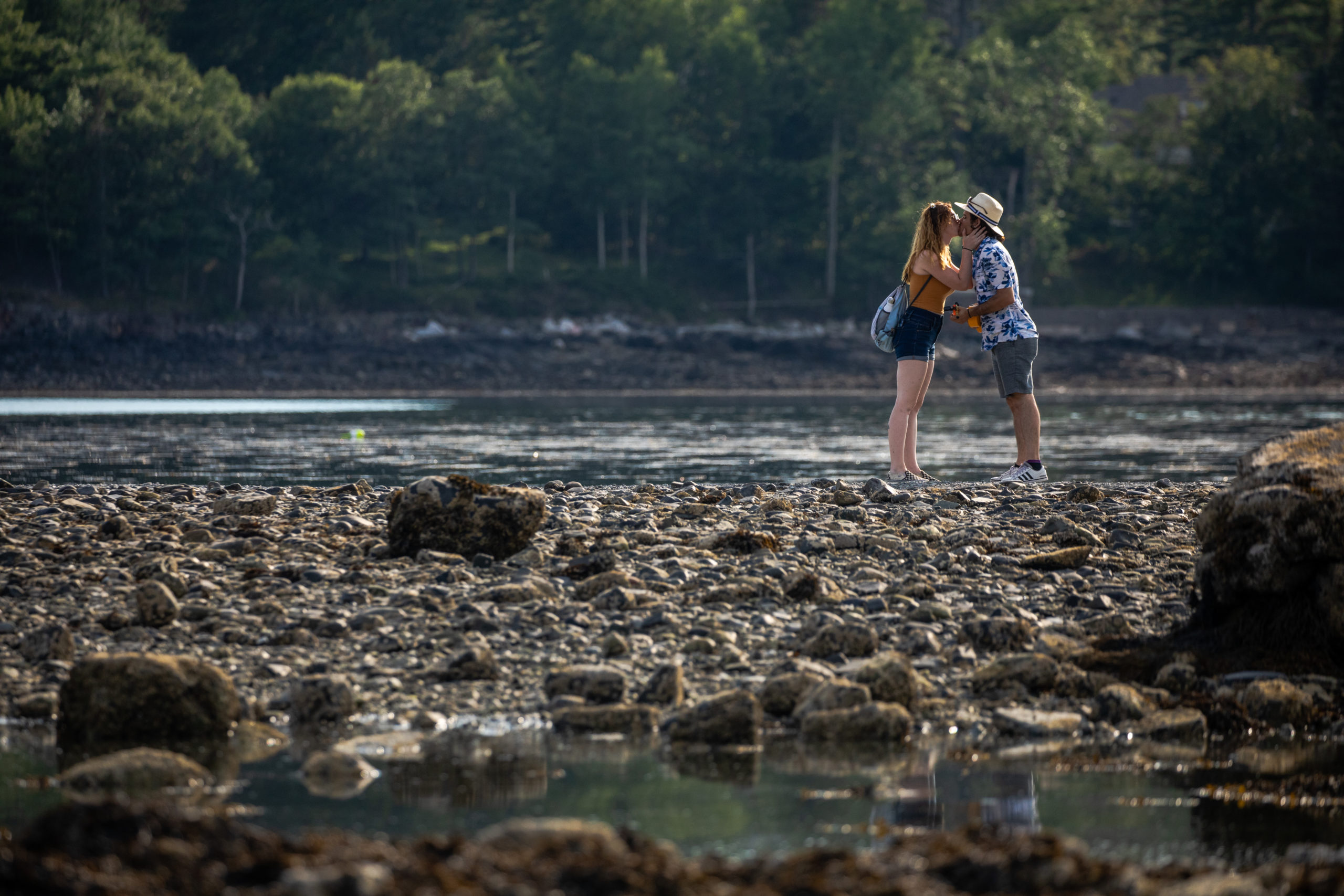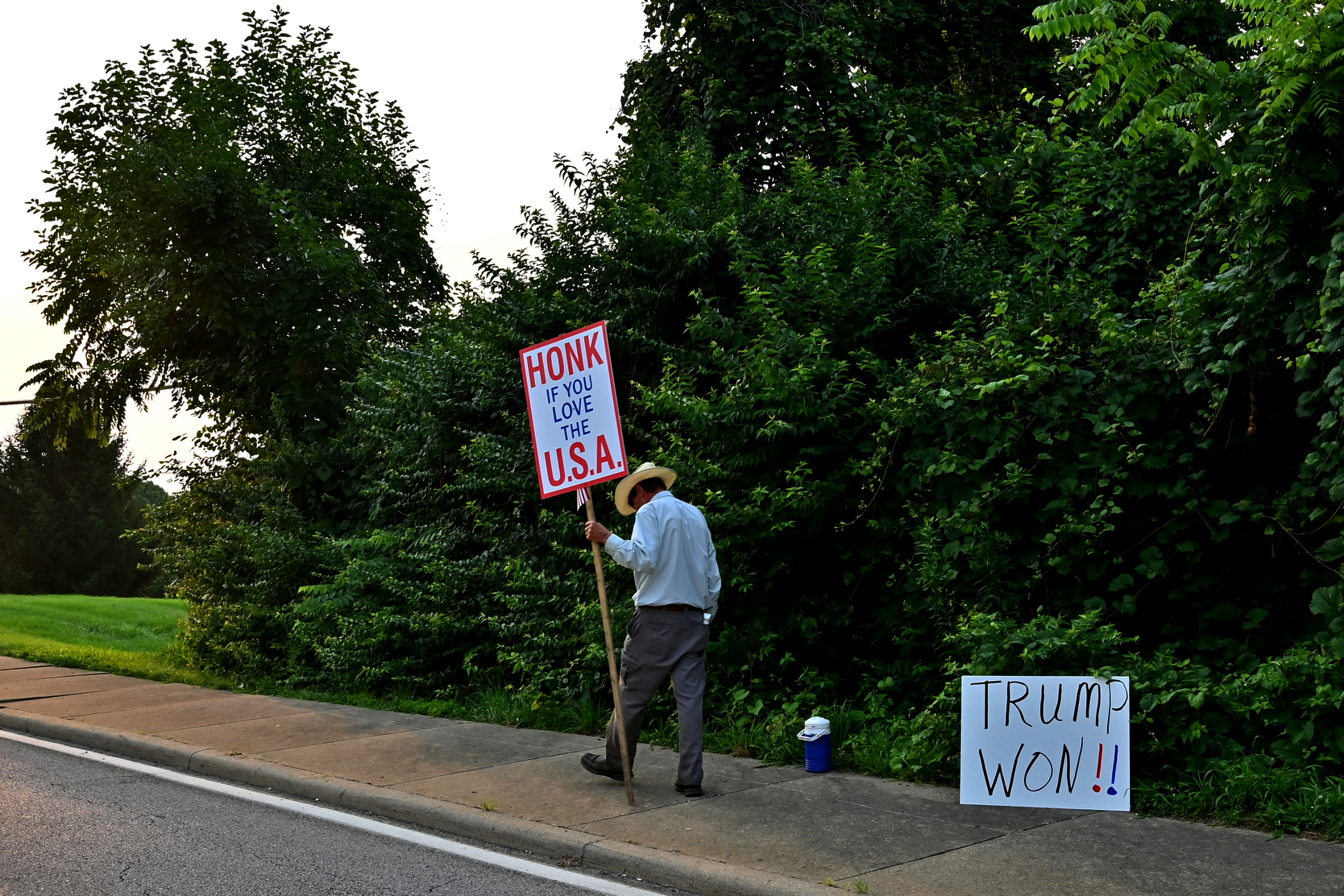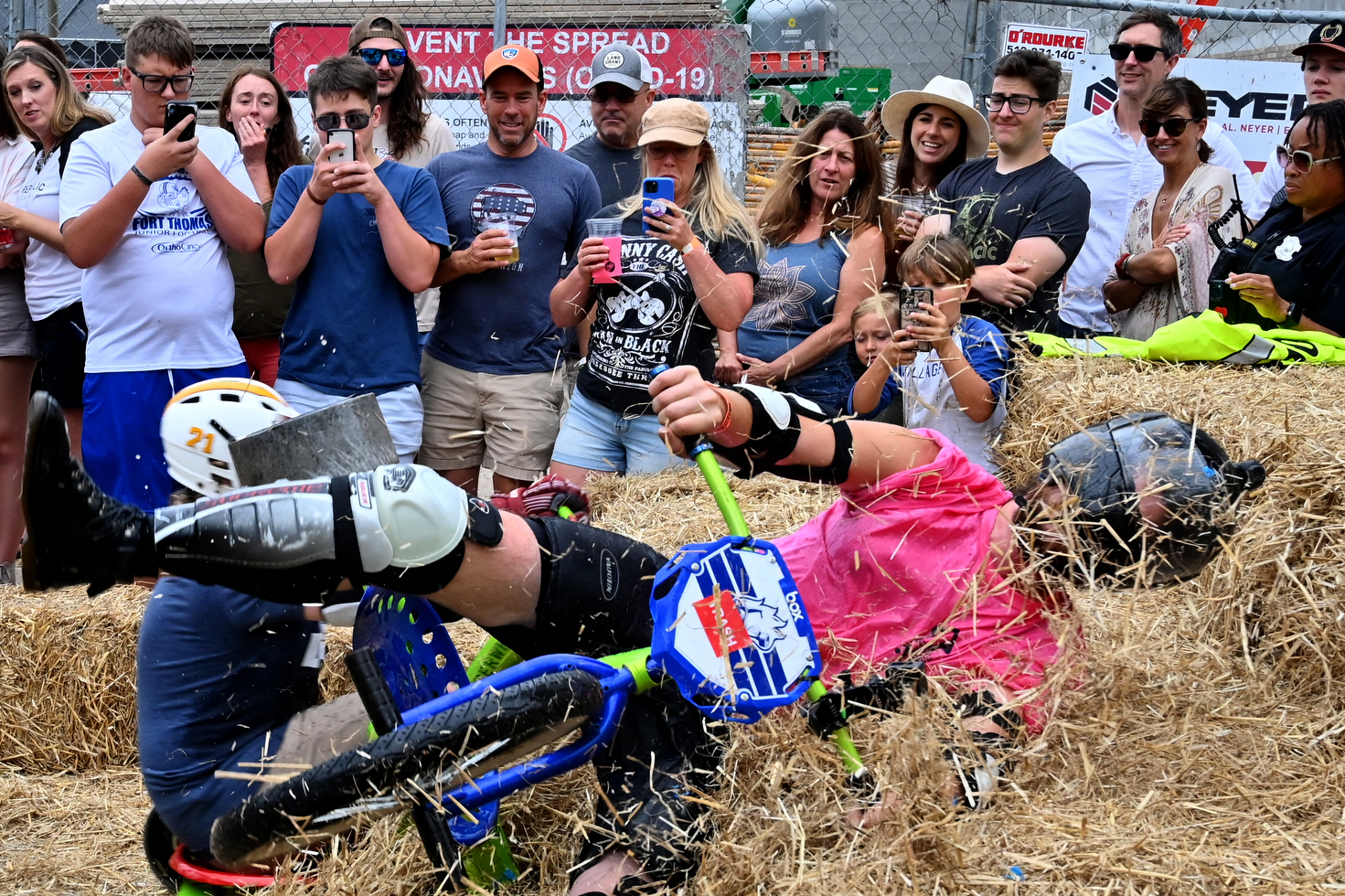Cooper Briggs is a 12-year-old boy who was born deaf and has recently been diagnosed with Asperger’s Syndrome. As he goes through his first year of middle school, he faces not only his inherent challenges but also new challenges like girls, bullying and finding himself.
This project was a picture story by Kennedy Gott completed in the Advanced Photojournalism class.
You can view the story here
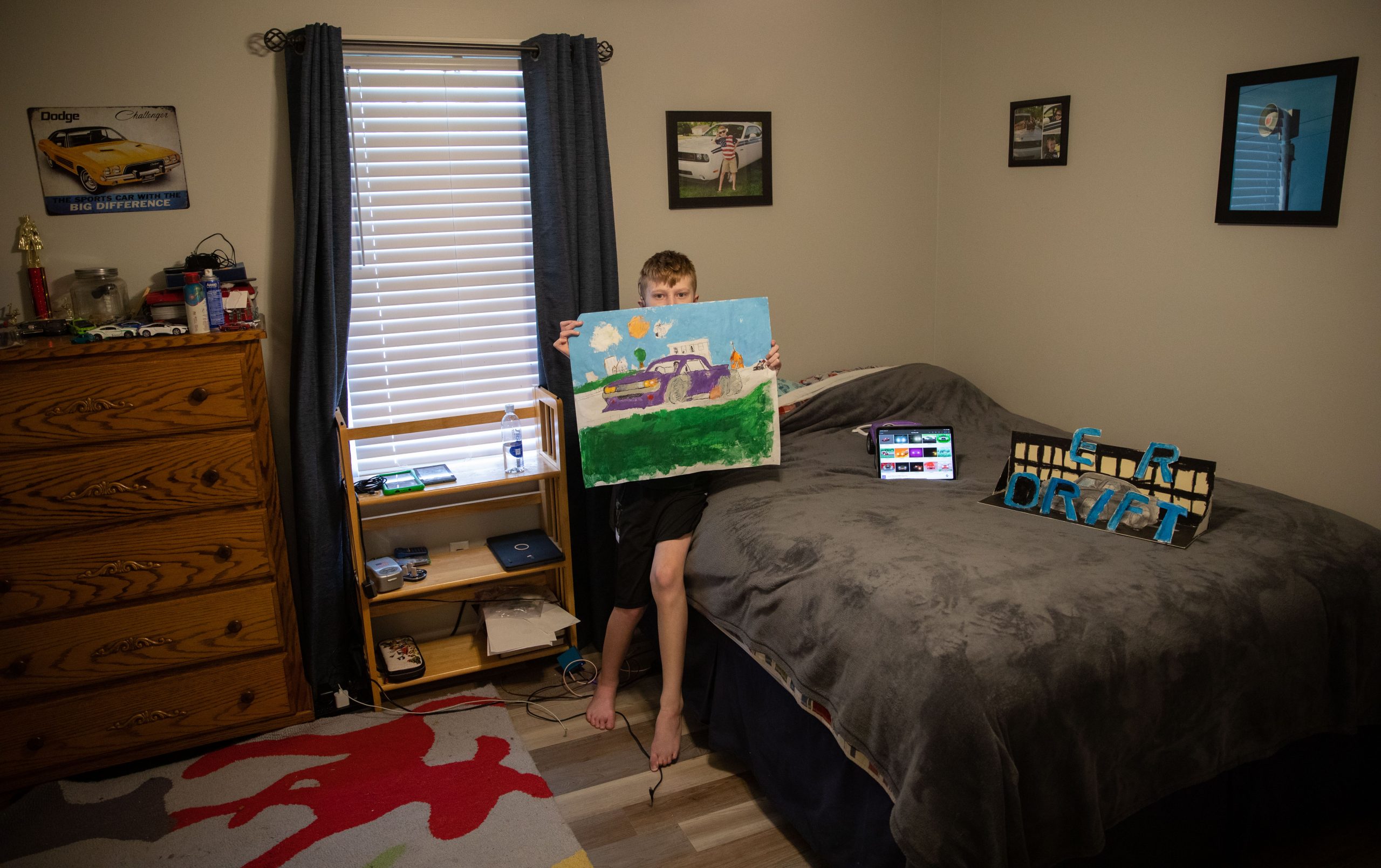
Cooper Briggs is a 12-year-old middle school boy who loves cars and expresses that through gaming, drawing, painting, animating and talking about his knowledge of cars. Cars are Cooper’s connection to his friends at school, his dad who is also a car enthusiast, and the world around him.
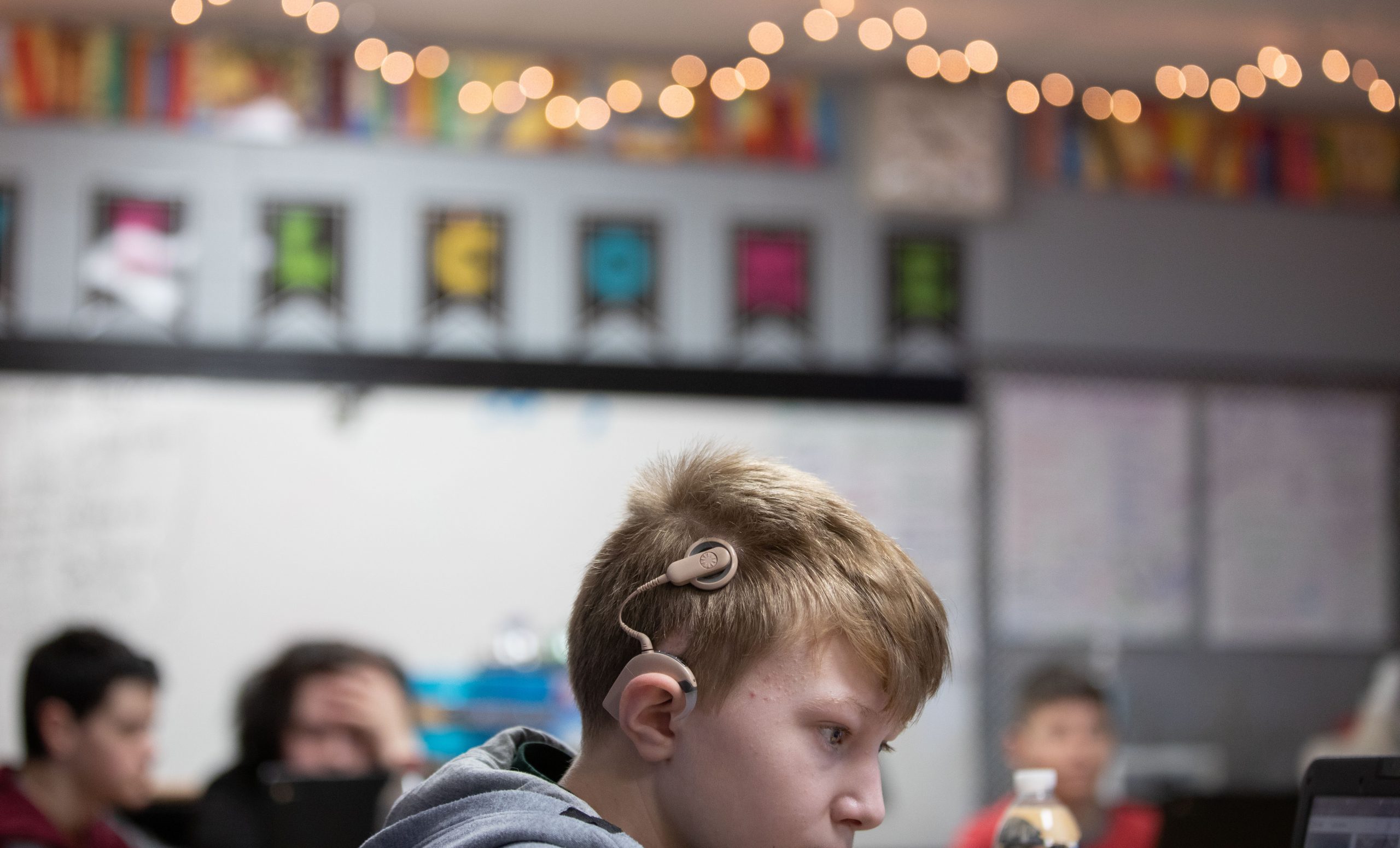
Cooper uses his free time in class to draw cars on paper and animate them on his teacher’s iPad. He has always gotten good grades and gets his work done quickly, so he has enough time to do his art. Cooper has new drawing to show his family and classmates nearly every day. While he enjoys going to school and learning, one thing that bothers him about middle school is that everyone talks 24/7. ““He doesn’t like the chaos at school. It just really bothers him when things are not in order. Things need to be a certain way,” Jennifer said.
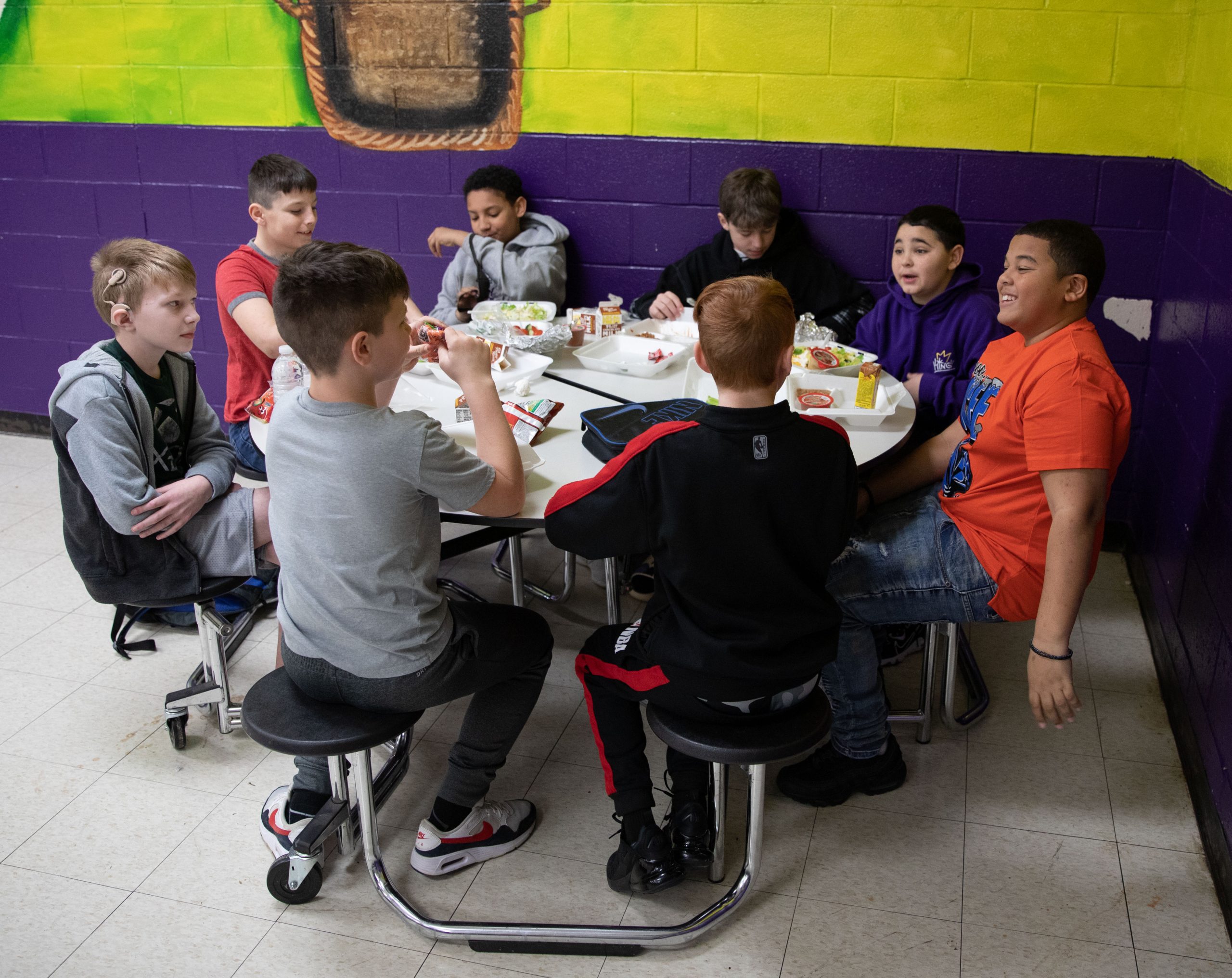
Cooper eats lunch with some of his friends from middle school. While he believes that people pick on him and others that their school sometimes, he also believes that his friends are there for protection from all the fights and chaos that happens in middle school.
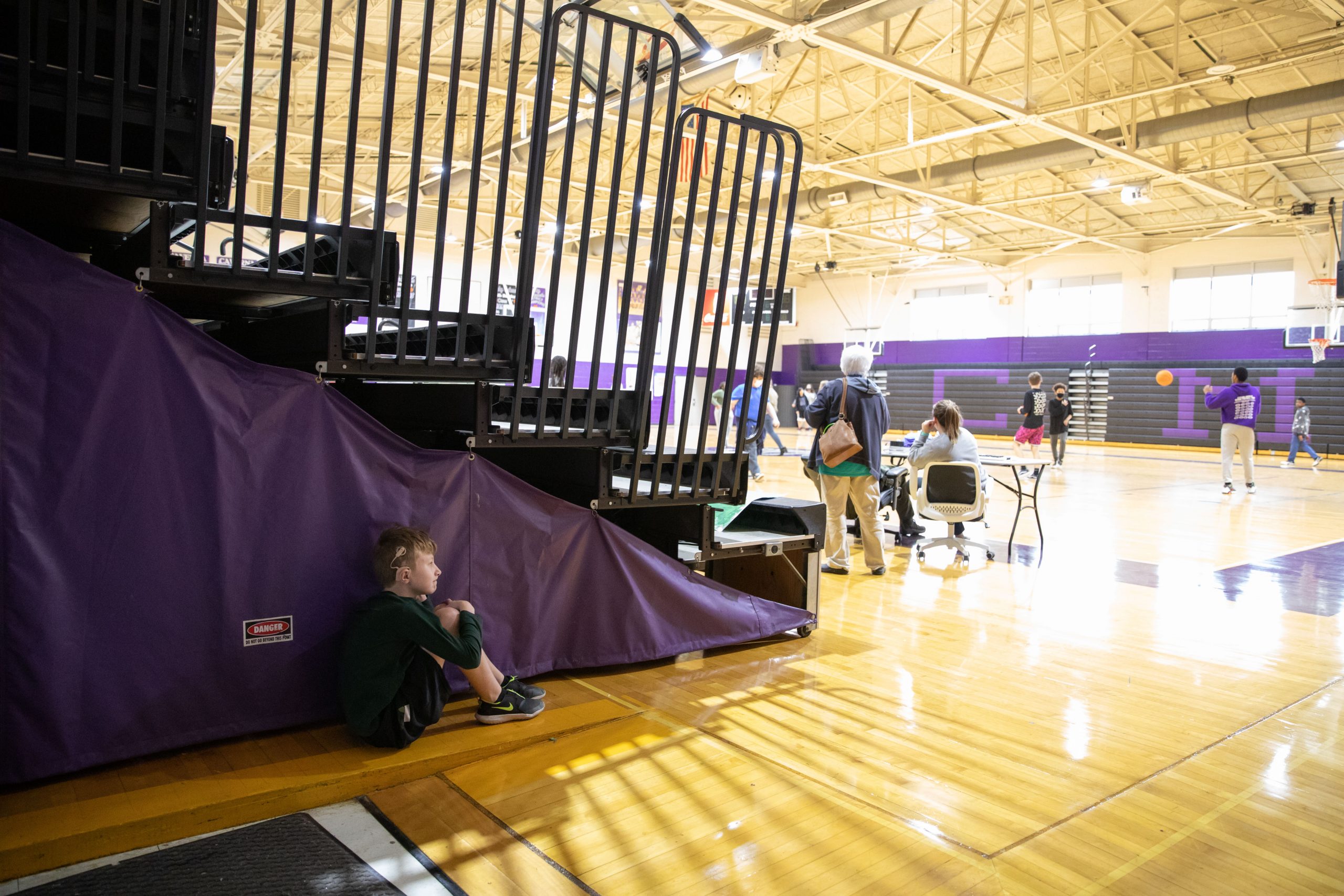
Cooper sits behind the gym bleachers in his last class of the day at school after doing sit-ups because he wanted to “lift something heavy.” He goes to try to play basketball and catch a football with the other kids during this class as well. “People think I am stupid, but I am actually highly intelligent,” Cooper said.
